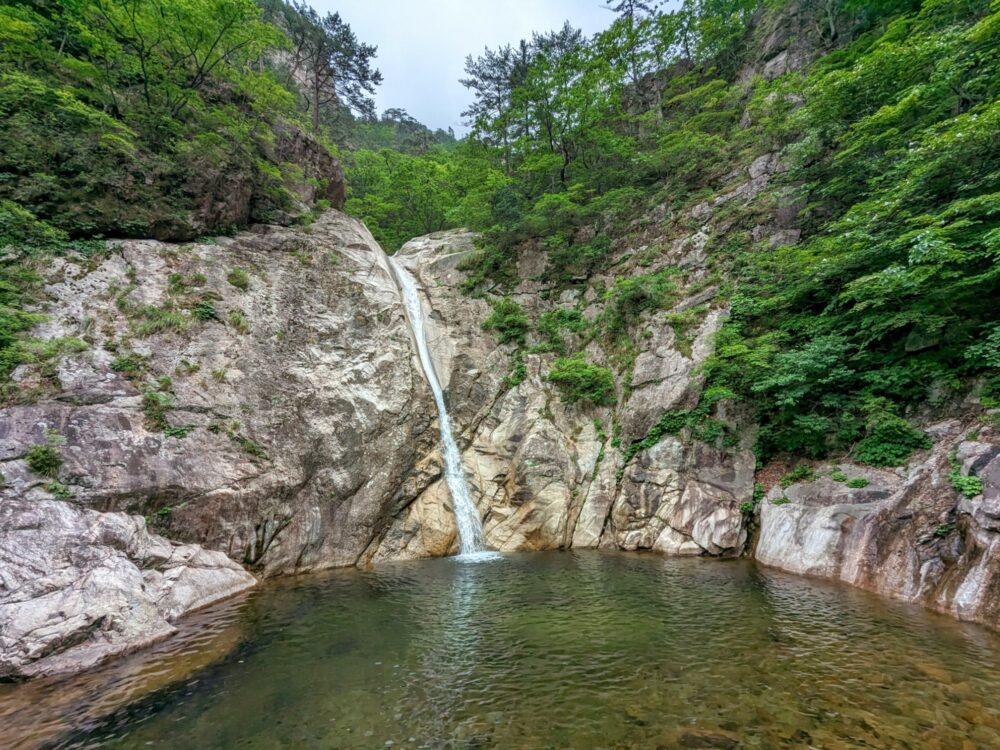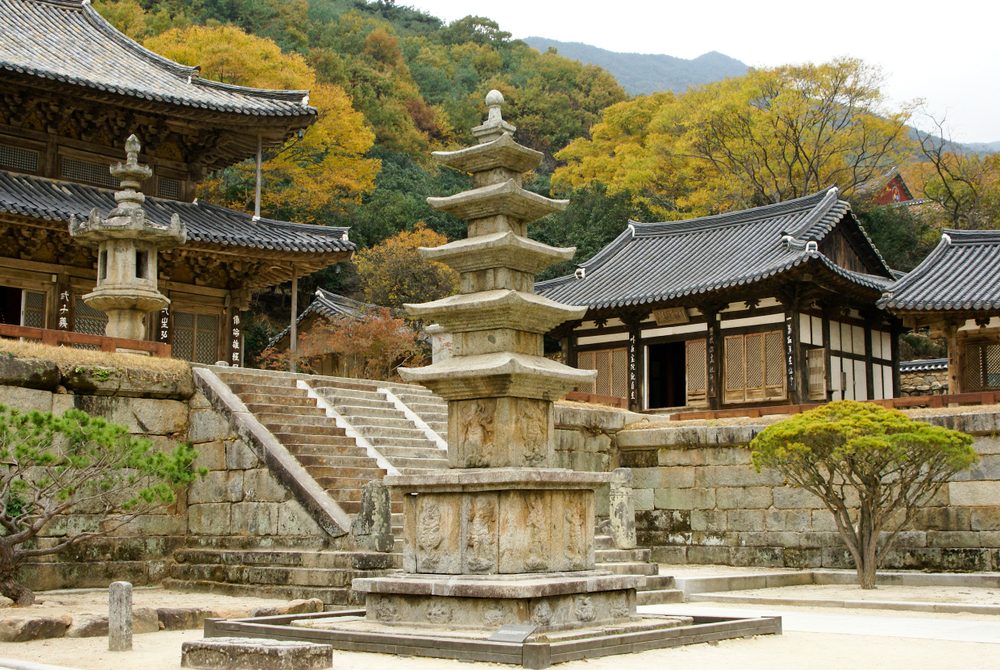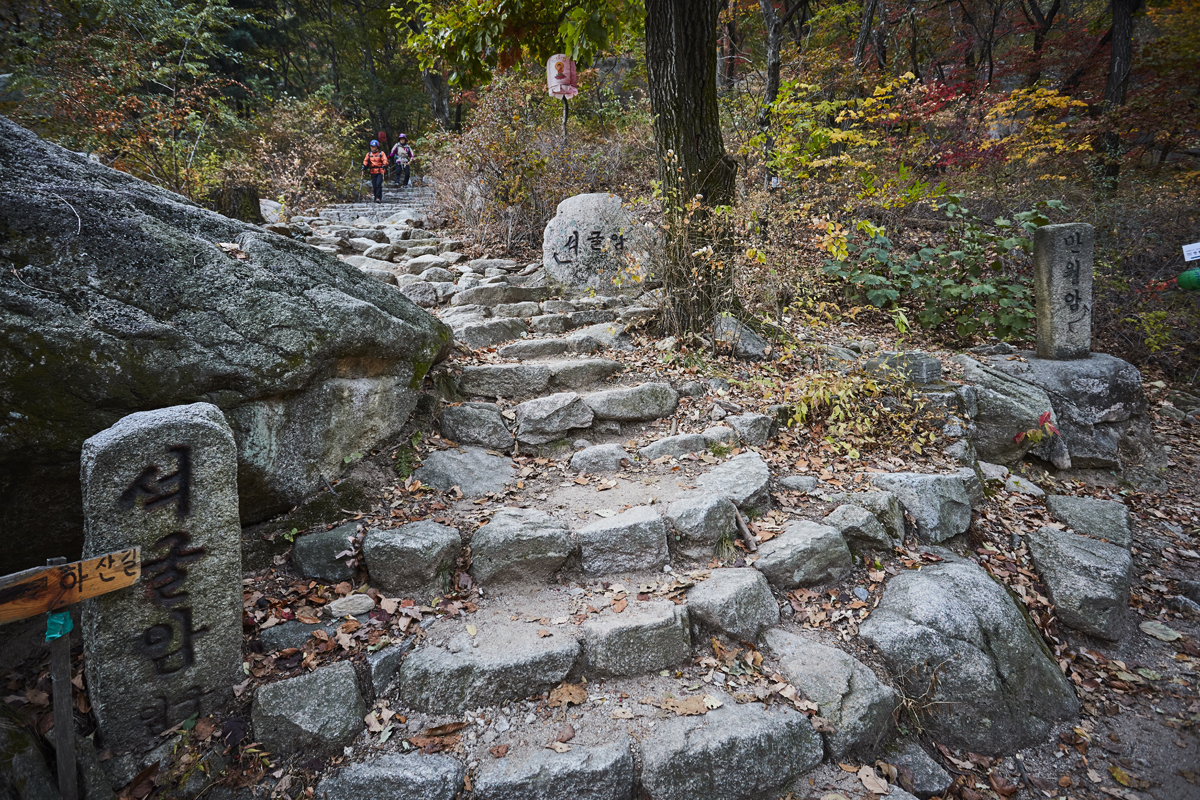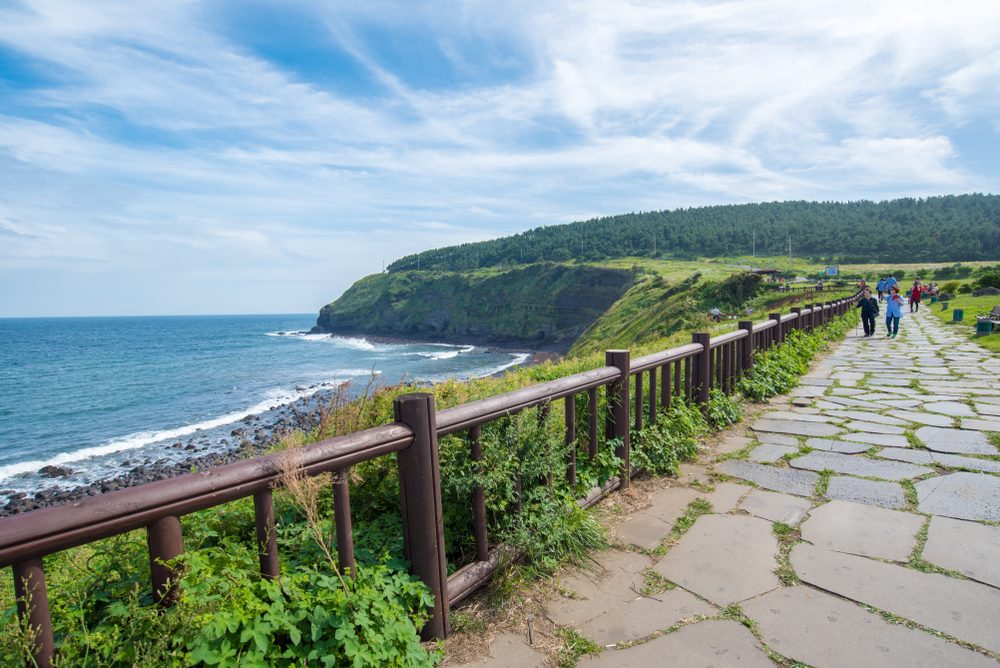By Syafikah Roslan
Korea’s national parks highlight the country’s outstanding natural beauty and huge biodiversity. Each park, from the towering peaks of Seoraksan to the peaceful landscapes of Hallasan, provides a unique experience, allowing tourists to discover their different ecosystems, hiking paths, and cultural treasures. This tour through Seoraksan, Jirisan, Bukhansan and Hallasan National Parks reveals the stunning views and hidden gems that define Korea’s wild heart, making it an ideal destination for both nature lovers and adventurers.
Must-Visit Korea National Parks:
1) Seoraksan National Park
One of Korea’s stunning mountains is Seoraksan. The name Seoraksan means “Snowy Peaks Mountain.” The surrounding area is Seoraksan National Park, which is well known for its views, clear mountain lakes, and colorful flora and fauna. It is one of Korea’s most iconic parks and was the first area to be designated as a national park by the Korean government, in 1970. It has been a UNESCO Biosphere Protection site since 1982. It is also the third largest mountain in Korea with a variety of hiking trails that can be completed in a few hours on average. The surrounding area is full of natural beauty, including cliffs and waterfalls.

Ulsanbawi Rock | © whatsdavedoing
This national park is divided into three which are Inner Seorak, South Seorak, and Outer Seorak. The highest peak, Daecheongbong, reaches 1,708 meters above sea level, making it the third tallest mountain in South Korea. Spend your time in the Outer Seorak (Oeseorak) region, which is home to Biryong Falls, Oryeon Falls, and Towangseong Falls along with Ulsanbawi Rock and Geumganggul Cave, for breathtaking beauty.

Biryong Falls | © whatsdavedoing
Seoraksan Cable Car

Seoraksan Cable Car | © Korea Tourism Organization
Too lazy to walk far to enjoy a wonderful view?
Take a relaxing cable car ride from the main restaurant and cafe area at the park entrance. Enjoy stunning views as you ascend to the top of Seoraksan Mountain. Once at the summit, explore the historic Gwongeumseong Fortress, a decaying stone structure that offers panoramic vistas. Take a leisurely stroll around the fortress grounds, soak in the tranquility of the surroundings, and capture unforgettable memories of your Seoraksan adventure.
2) Jirisan National Park

Jirisan Mountain | © National Park
The meaning of Jirisan, as it is known locally, is “the mountain of the odd and wise people.” The main attraction of the national park is the mountain and its surroundings. There are several difficult and rocky paths in Jirisan National Park that can be quite challenging at times. This breathtaking nature reserve has an additional advantage of being surrounded by lovely farmland and communities that are aesthetically situated in amongst the surrounding mountains.

Hwaeomsa Buddhist Temples | © National Park
The national park also provides rich heritage and cultural significance featuring seven different Buddhist temples. One of the favorite times to visit occurs when the Higan cherry trees blossom at the renowned Hwaeomsa temple.

Hwaeomsa Temple Statues | © National Park
3) Bukhansan National Park

Mangyeongdae Peak | © Damon Tighe
Exploring Bukhansan, often known as “Big Mountain,” is highly recommended due to its impressive rocky peaks. And walking is the most efficient method to do this. There are lots of opportunities to enjoy the beauty of the surrounding wildlife on the park’s extensive route network, which is suitable for hikers of all ability levels.
Spring and autumn are the ideal times to visit Bukhansan National Park. The park’s natural beauty is at its peak during these seasons, with vibrant foliage and blooming flowers in spring, and golden leaves and crisp air in autumn. The moderate temperatures make it comfortable to explore the park’s trails and enjoy the stunning views.



Bukhansan Trail | © visitkorea
4) Hallasan National Park

Hallasan Mount | © Outdoorskorea
It is a well known saying among South Koreans that “Hallasan is Jeju, and Jeju Island is Hallasan.” The mountain is definitely the park’s center and main attraction.
Hallasan mountain’s height reaches 1,947.06 meters above sea level. That makes it the tallest mountain in South Korea. It can be seen from any point on Jeju Island and, on a clear day, even from the mainland. According to local mythology, the Hallasan name means “high enough to pull the universe.”

Hallasan National Park panaromic view | © National Park
There are five distinct pathways to climb the peak. Visitors can experience various aspects of Hallasan and the surrounding area around the mountain by choosing from five different pathways. A few of the routes have boardwalks and stairs that make climbing easier while maintaining the natural environment.
Five pathways to climb the peak:
- Gwaneumsa Trail
- Seongpanak Trail
- Eorimok Trail
- Donnaeko Trail
- Yeongsil Trail

Hallasan National Park boardwalk trail | © National Park
Despite the area’s small amount of wildlife, travelers may be able to see weasel, badger, boar, Formosan deer, gazelle, and Roe deer. With 364 species either nesting on Jeju Island or passing through the national park, it is a better place for birdwatchers.

Hallasan National Park crater lake | © Koreaattack

Hallasan National Park coastline walk | © National Park
Korea national park are more than just a destination, it is a journey into the heart of Korea’s natural and cultural heritage. Whether you are travelling its scenic trails, soaking in the beauty of its landscapes, or discovering its historical treasures, you will find a sense of peace and connection with nature that’s truly unforgettable.
Planning a trip to Korea? Let’s make it happen and enjoy 10% off with our amazing packages HERE. Terms and condition apply.
References:
- https://english.visitkorea.or.kr/svc/contents/contentsView.do?menuSn=219&vcontsId=204732
- https://theculturetrip.com/asia/south-korea/articles/a-guide-to-visiting-seoraksan-national-park-south-korea
- https://national-parks.org/south-korea/jirisan
- https://theadventuremanual.com/bukhansan-national-park-guide/
- https://national-parks.org/south-korea/hallasan
![]()

